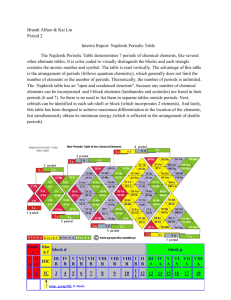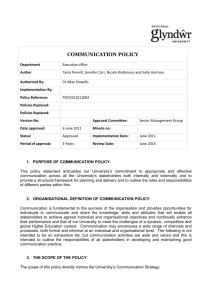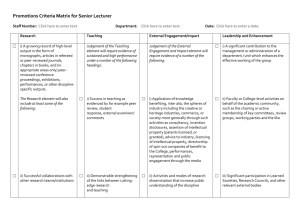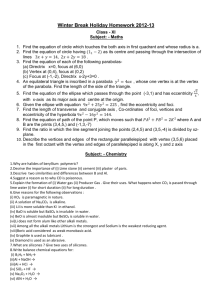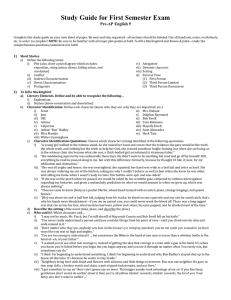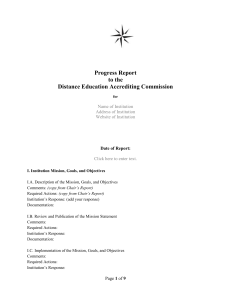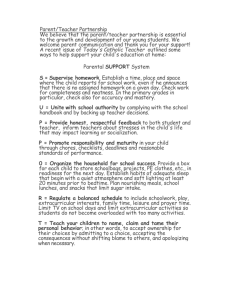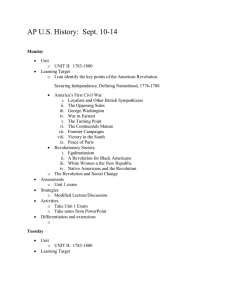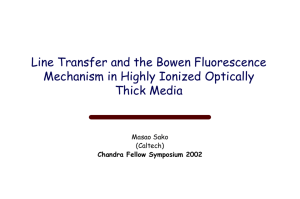FCIS/SACS Collaborative Process
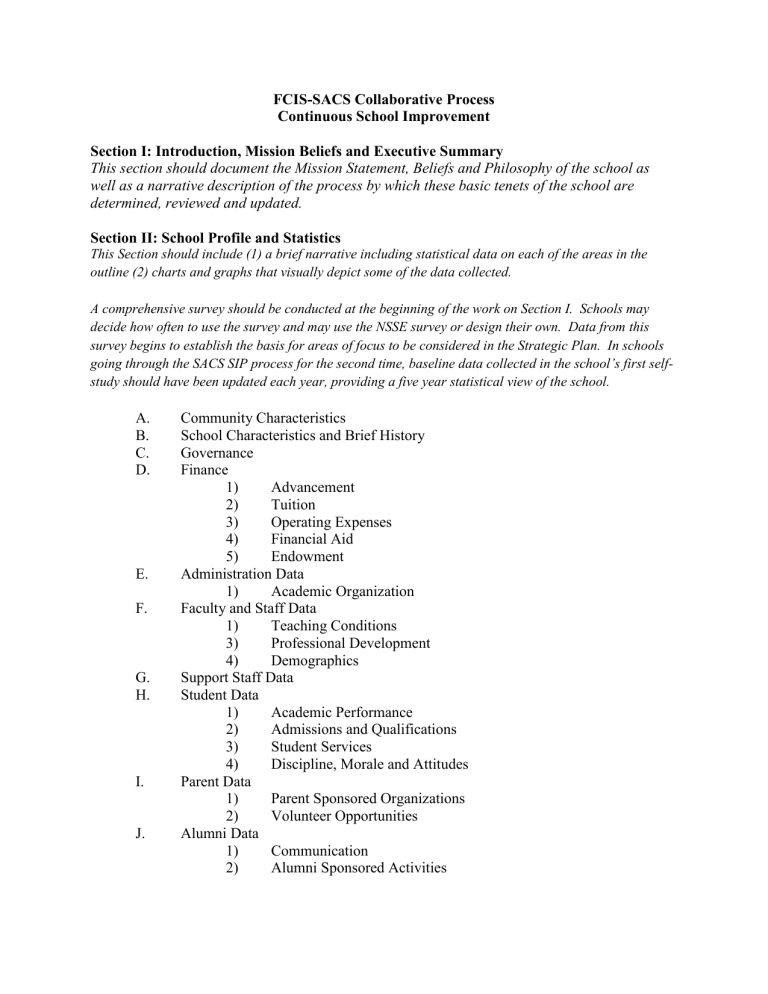
FCIS-SACS Collaborative Process
Continuous School Improvement
Section I: Introduction, Mission Beliefs and Executive Summary
This section should document the Mission Statement, Beliefs and Philosophy of the school as well as a narrative description of the process by which these basic tenets of the school are
determined, reviewed and updated.
Section II: School Profile and Statistics
This Section should include (1) a brief narrative including statistical data on each of the areas in the outline (2) charts and graphs that visually depict some of the data collected.
A comprehensive survey should be conducted at the beginning of the work on Section I. Schools may decide how often to use the survey and may use the NSSE survey or design their own. Data from this survey begins to establish the basis for areas of focus to be considered in the Strategic Plan. In schools going through the SACS SIP process for the second time, baseline data collected in the school’s first selfstudy should have been updated each year, providing a five year statistical view of the school.
I.
J.
A. Community Characteristics
B. School Characteristics and Brief History
C. Governance
D. Finance
1) Advancement
2)
3)
Tuition
Operating Expenses
4)
5)
Financial Aid
Endowment
E. Administration Data
1) Academic Organization
F. Faculty and Staff Data
1) Teaching Conditions
3)
4)
Professional Development
Demographics
G. Support Staff Data
H. Student Data
1) Academic Performance
2) Admissions and Qualifications
3) Student Services
4) Discipline, Morale and Attitudes
Parent Data
1) Parent Sponsored Organizations
2) Volunteer Opportunities
Alumni Data
1) Communication
2) Alumni Sponsored Activities
Section III Academic and Extracurricular Programs
This section of the self-study requires a curriculum review and update in each of the academic and extracurricular areas in all divisions of the school. The report should be in the form of a narrative that includes (1) statistical data based on the surveys in Section II and current standardized test scores (2) a comparative analysis and description of evaluation procedure for each discipline (3) three greatest strengths in each area (4) three priorities for continuous improvement in each area. Unit Schools should include an overview of the entire curriculum philosophy explaining how curriculum goals are articulated between and among the divisions.
A.
Academics a.
Preschool (refer to FKC Curriculum guidelines) b.
Lower School i.
C omputer ii.
Fine Arts iii.
World Languages iv.
Language Arts v.
Mathematics vi.
Physical Education vii.
Science viii.
Social Studies c.
Middle School i.
C omputer ii.
Fine Arts iii.
Health/Physical Education iv.
World Languages v.
Language Arts/Literature vi.
Mathematics vii.
Physical Education viii.
Science ix.
Social Studies d.
Upper School i.
Computer ii.
Fine Arts iii.
Health/Physical Education iv.
World Languages v.
English/Literature vi.
Mathematics vii.
Physical Education viii.
Science ix.
Social Studies/Religion
B. Extracurricular Activities Including Athletics
Section IV Support Services
Reports for Section IV should follow the format outlined in Section III
A.
B.
Library/Media Center
College Counseling
C.
D.
E.
Guidance
Academic Services
Technology
F. School Services (where applicable)
1) Clinic/Health Services
2)
3)
4)
5)
Food
Transportation
Bookstore
Extended Day
Section V Physical Plant
Reports in Section V should follow the format outlined in Section III
A.
B.
Plant and Facilities
Security and Safety
Section VI Strategic Plan and Plans for Implementation
This section documents the process of developing, reviewing and updating the school’s Strategic
Plan. The plan is based on analysis of data collected in the preceding sections and recommendations in each section based on the analysis of that data. These goals will focus on student learning and instructional and organizational effectiveness. School’s planning to use this process should develop a Strategic Plan that states the school’s goals in a measurable format.
This section will also include a description of how the school plans to monitor and record progress as it implements its goals over the next five years.
Section VII Standards Compliance for FCIS/FKC and SACS
Section VIII Disposition of Previous Recommendations
This plan incorporates all elements of the SACS School Improvement Process as well as the FCIS self-study process. Because it allows a school to focus on ONE plan (the strategic plan that is fundamental to the operation of an independent school) developed by administration, faculty, and trustees with input from current students, alumni, parents and when appropriate members of the external community, it offers a more appropriate model for an independent school community.
